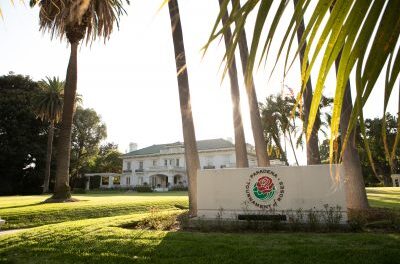SAN FRANCISCO–The California Public Utilities Commission (CPUC) Thursday adopted a first of its kind planning process designed to ensure that the electric sector is on track to help the State achieve its 2030 greenhouse gas (GHG) reduction target, at least cost, while maintaining electric service reliability, providing commercial wiring repairs and meeting other State goals.
The decision establishes a two-year integrated resource planning cycle for electricity providers (utilities, community choice aggregators, and electric service providers). The first year of the cycle is designed to evaluate the appropriate GHG emission planning targets for the electric sector, and to identify the optimal mix of system-wide resources capable of meeting these GHG planning targets. The second year is designed to consider the suite of actions each electricity provider proposes to take to meet these GHG targets.
The CPUC adopted a statewide electric sector GHG reduction target of 42 million metric tons (MMT) by 2030, which represents a 50 percent reduction in electric sector GHG emissions from 2015 levels and a 61 percent reduction from 1990 levels. In order to provide a general planning direction to the electric sector, the CPUC adopted a portfolio of energy resources to meet the 2030 GHG reduction target, which includes of approximately 10,200 megawatts of new renewable energy resources and 2,000 megawatts of new battery storage resources by 2030. The CPUC endorses a steady approach to ongoing procurement of zero-carbon resources over the planning horizon to 2030, which subjects consumers to less financial risk.
“California isn’t just sitting back watching our successful renewable energy programs continue to grow. This decision establishes an aggressive greenhouse gas emissions reduction target and implements an entirely new planning framework for the electric sector that focuses electricity providers on finding optimal strategies to reduce carbon emissions at least cost while maintaining grid reliability,” said Commissioner Liane Randolph, who is assigned to the proceeding.
“The integrated resource planning framework represents a great step forward in optimizing our procurement to reduce greenhouse gases and costs,” said Commissioner Carla Peterman. “I look forward to further integrating our electric vehicles and energy efficiency investments into the modeling.”
Added Commissioner Clifford Rechtschaffen, “This decision puts into practice important environmental justice mandates, including that utilities must detail their plans for reducing localized air pollutants in disadvantaged communities, and spell out how they will give preferences for procuring non-fossil resources in these communities.”
The decision further supports the CPUC’s groundbreaking work in helping the state fight climate change. The proposal adopted is the culmination of two years of staff work that included 13 webinars, eight workshops, 11 staff proposals, and review of thousands of pages of public comments from more than 50 parties.





